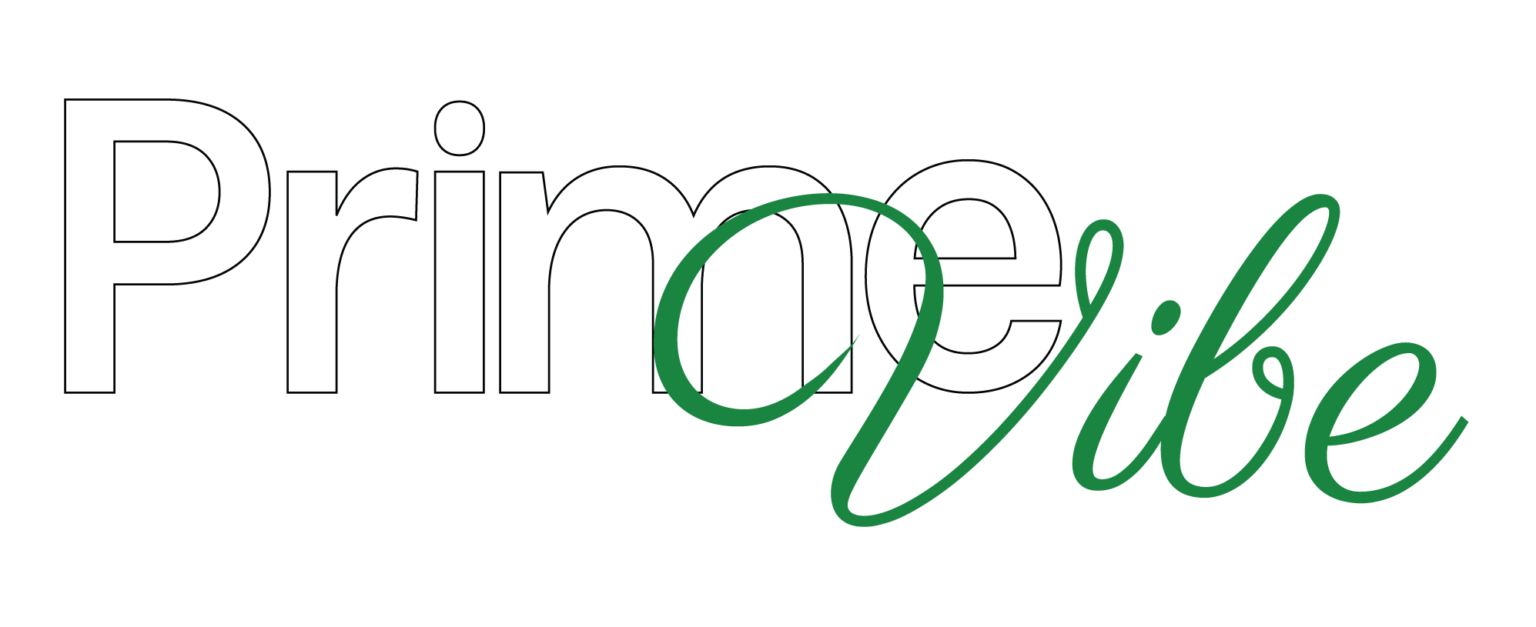Introduction
Imagine transforming a favorite family photo into a heartfelt embroidered keepsake, converting your business logo into professional apparel branding, or turning your original artwork into a one-of-a-kind stitched masterpiece—all for your Brother embroidery machine. While convert JPG to PES (Brother’s proprietary embroidery format) might sound intimidating at first, the truth is that with today’s tools, anyone can create professional-quality embroidery files from home.
The core challenge lies in the fundamental difference between these file types. JPGs are raster images composed of pixels—perfect for displaying photos on screens but completely foreign to embroidery machines. PES files, on the other hand, contain precise stitch-by-stitch instructions that tell your Brother machine exactly how to move its needle. Without proper conversion, you risk:




In this comprehensive guide, we’ll walk you through three accessible methods to bridge this digital-to-physical gap:
- Free online converters for quick, no-fuss solutions (perfect for simple logos)
- DIY software solutions that give you more creative control (great for hobbyists)
- Professional digitizing tools for commercial-quality results (ideal for small businesses)
Each method includes step-by-step instructions, honest pros and cons, and insider tips to help you avoid common pitfalls. Whether you’re looking to personalize gifts, start a creative side hustle, or simply explore the artistic possibilities of machine embroidery, this guide will help you find the perfect JPG to PES conversion approach for your needs and budget.
Let’s turn your digital images into stunning embroidered reality—one stitch at a time!!
What Is a PES File?
Before converting, let’s clarify what makes PES files special:
- Brother’s proprietary format – Works best with Brother machines (PE, PR, and Innov-is series).
- Contains stitch data – Not just colors, but needle paths and machine commands.
- Smaller file size than universal formats like DST.
Since JPGs lack stitch information, converting them correctly ensures smooth, accurate embroidery.
Method 1: Online Converters (Fast & Free)
Best For: Quick, simple designs
Tools: MyEditor, OnlineConvert, EmbroideryLibrary
Steps:
- Upload your JPG to the converter website.
- Select PES as the output format.
- Download and transfer to your machine via USB.
Pros:


Cons:


Tip: Use high-contrast JPGs (like logos) for best results.
Method 2: Ink/Stitch (Free DIY Software)
Best For: Hobbyists who want more control
Tools: Inkscape + Ink/Stitch plugin
Steps:
- Install Inkscape (free vector software).
- Add the Ink/Stitch extension.
- Trace your JPG (auto or manual).
- Adjust stitch settings (density, underlay).
- Export as PES.
Pros:


Cons:

Tip: Use the “Trace Bitmap” tool for cleaner edges.
Method 3: Hatch Embroidery (Pro Results)
Best For: High-quality, detailed designs
Tools: Hatch Embroidery ($99/month)
Steps:
- Import your JPG into Hatch.
- Auto-digitize (adjust stitch types).
- Manually refine problem areas.
- Export as PES.
Pros:


Cons:

Tip: Use fill stitches for large areas, satin stitches for details.
Pro Tips for Flawless PES Files




FAQ
Q: Can I convert JPG to PES for free?
A: Yes! Ink/Stitch or online converters work for simple designs.
Q: Why does my PES file look pixelated?
A: Start with a high-resolution JPG (300+ DPI).
Q: What’s the easiest method for beginners?
A: Online converters (like MyEditor) are the simplest.
Final Verdict: Which Method Should You Use?
| User Type | Best Method |
|---|---|
| Beginners | Online converters |
| DIYers | Ink/Stitch |
| Professionals | Hatch Embroidery |
Conclusion
Converting JPG to PES opens up endless embroidery possibilities for Brother machines, giving you the power to convert image to embroidery pattern with professional results. Whether you use free online tools, Ink/Stitch, or pro software like Hatch (all of which can help you convert image to embroidery pattern effectively), the key to success lies in thorough testing and refining your design before stitching.
As you practice these methods to convert image to embroidery pattern, you’ll develop an eye for which details translate well to thread and which need simplification. Start with basic designs, gradually tackle more complex images, and soon you’ll be transforming any picture into flawless embroidered art.
Start with simple images, practice often, and soon you’ll be creating custom embroidery like a pro!





